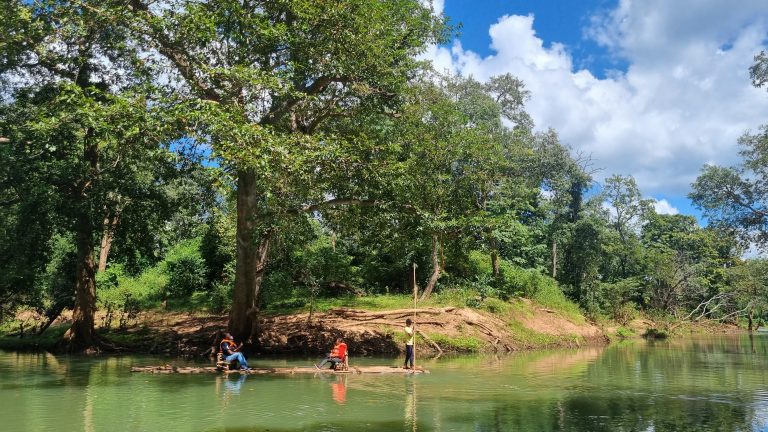The Katerniaghat Wildlife Sanctuary, once considered a lost cause, has become a beacon of wildlife conservation success. Ramesh Pandey, a 1996-batch senior Indian Forest Service (IFS) officer, highlights the remarkable revival of tigers in the sanctuary, showcasing a dramatic recovery from declining numbers to a thriving population today.
He posted on X, “Katerniaghat was written off by the experts when I joined there in 2005. In 4 years of work, tiger count reached to 35. Today there are 60+ tigers.”
Katerniaghat was written off by the experts when I joined there in 2005. In 4 years of work, tiger count reached to 35. Today there are 60+ tigers. DFO Shiva Shankar shared the video of a tiger in Sujauli range which used to be a seed farm and was taken back revived into a good… pic.twitter.com/pKV49rm8r6
— Ramesh Pandey (@rameshpandeyifs) August 15, 2024
A recent video shared by DFO Shiva Shankar highlights the sanctuary’s transformation. The footage, taken in the Sujauli range, reveals a thriving tiger habitat that was formerly a seed farm. This area, once neglected and repurposed, has been revitalized into a suitable environment for tigers, showcasing the significant impact of dedicated conservation efforts.
Mr Pandey also shared a story link on success story of Katerniaghat, done by Indian Masterminds. He wrote, “Here is a story on Katerniaghat; where rare is common. From archives.”
Also Read: The Real Story of Tiger Revival in Katarniaghat, Where Rare is Common Now
Here is a story on Katerniaghat; where rare is common. From archives. https://t.co/cDjQQCFVYR pic.twitter.com/F4h6jv1I3T
— Ramesh Pandey (@rameshpandeyifs) August 15, 2024
Katerniaghat Wildlife Sanctuary is situated in the Terai region of the Bahraich district in Uttar Pradesh. It is a protected area in the Upper Gangetic Plain, covering an area of 400.6 km² (154.7 sq mi).
The revival of Katerniaghat is a testament to the resilience of nature and the effectiveness of committed wildlife management. The sanctuary’s success story underscores the importance of restoration and protection in reversing the fortunes of endangered species and their habitats.



















